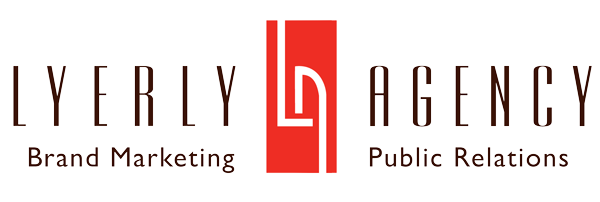As posted in the Gaston Gazette
Recently, the #MeToo movement has drawn together women from around the world to speak and act against sexual harassment and assault. While it’s critical to make sure that your business responds appropriately, it’s also important to understand how this movement brings to light long-hidden points of contention for women and how that can change what this powerful demographic is looking for when making a purchase or choosing a service.
According to Intel social media strategist Ekaterina Walter, women influence 85 percent of purchasing decisions and control more than 60 percent of personal wealth. Here are five tips to get you thinking:
- Toss the traditional gender roles. Businesses and advertisers are slowly moving away from ads that depict women in traditional gender roles. The public is less tolerant than they used to be of such limiting depictions. Consider the recent Twitter kerfuffle over several cookbooks that featured women cooking with men standing behind them, directing their hands – what one Twitter user called “handsplaining,” a takeoff of the popular term “mansplaining,” which indicates a situation where a man explains something to a woman that she already understands. These kinds of ads still make an appearance all too often; according to the Geena Davis Institute on Gender in Media, women remain 48 percent more likely to appear in the kitchen within an ad. But the backlash signals that advertisers need to place women in a variety of situations that are more reflective of their lived experiences in 2018. It’s to your benefit to have your business contribute to this changing landscape.
- Nix casual sexism and stereotypes. Just as women want to see themselves depicted in ads in a variety of roles, they also want advertisers to discard sexist depictions that capitalize on stereotypes about women’s sexuality. Unfortunately, casual – and overt – sexism is rampant in advertising, from tequila to fast food. Rather than taking your business down that antiquated path, consider turning those traditions on their heads like Eli Rezkallah. In his series In A Parallel Universe, Rezkallah, a photographer, took ads from the 1940s, ‘50s and ‘60s and flipped the places of the man and the woman. In one ad for Van Heusen, for example, he depicts a woman sitting up in bed, her hands behind her head, and her husband kneeling beside the bed in a silky bathrobe, putting a tray of breakfast in her lap. The tagline? “Show him it’s a woman’s world.” While this exhibit may seem a little risqué for everyday advertising, the sentiment is not: depicting women with power and autonomy in ads rather than as sexual objects encourages women to visualize themselves in position of power and to aspire to more.
- Reach out to women as unique individuals. When businesses and advertisers ask themselves how they can market to women, in some ways, they’re missing the larger point. Women are indeed a category of consumers, but they encompass an incredibly diverse group of human beings: women of color, LGBTQ+ women, women from rural and urban environments, women with disabilities, and more. When a business or advertiser doesn’t consider the nuances of this demographic, they are bound to encounter difficulty reaching their market. So, try taking a more intersectional approach and consider how your service or product can help or appeal to women who fall into multiple identity categories. For example, how can you reach out successfully to a woman of color who lives in a city and works full-time? By crafting ways to connect with women as unique individuals, you respect the great diversity under the banner “woman” and you make yourself more adaptable to the individual needs of all of your customers.
- Vary your visuals as much as your words. Connecting with women with varied language is critical since, according to The Female Brain author Louann Brizendine, women use approximately three times more words per day than men, about 20,000 words to men’s 7,000. Women are still language-driven, but millennials are far more motivated by visuals than previous generations. Since millennials are now almost 75 million strong and outnumber Baby Boomers, it’s clear that making generational adjustments to advertising is equally important. Stacy Debroff at Business.com notes that “millennials search for short snippets and seek out highly visual elements as they gather information to help evaluate purchases.” So when you’re making decisions for a particular service or product, consider your target audience’s age and tailor your message accordingly. This is yet another way to illustrate that you respect their diverse identity and realize that age plays a particular role in how effectively your service or product might be received.
- Consider how your product or service – and your message – can empower women. The myth of the woman who “does it all” continues to persist. Businesses and advertisers should pitch their products in a way that illustrates how those products or services can help women so that they don’t have to do it all. If #MeToo has taught us nothing else, it’s that in many cases, saying “no” or “this isn’t right” is sometimes the best form of self-care. And understanding how your business can help women reclaim some of their time and feel more in control of their lives rather than controlled by them is incredibly valuable.
Navigating the world in the wake of #MeToo can be challenging for any business owner. But if you follow these tips, you’ll have a much better chance of reaching women where they need you to: in a place of mutual respect and benefit.
